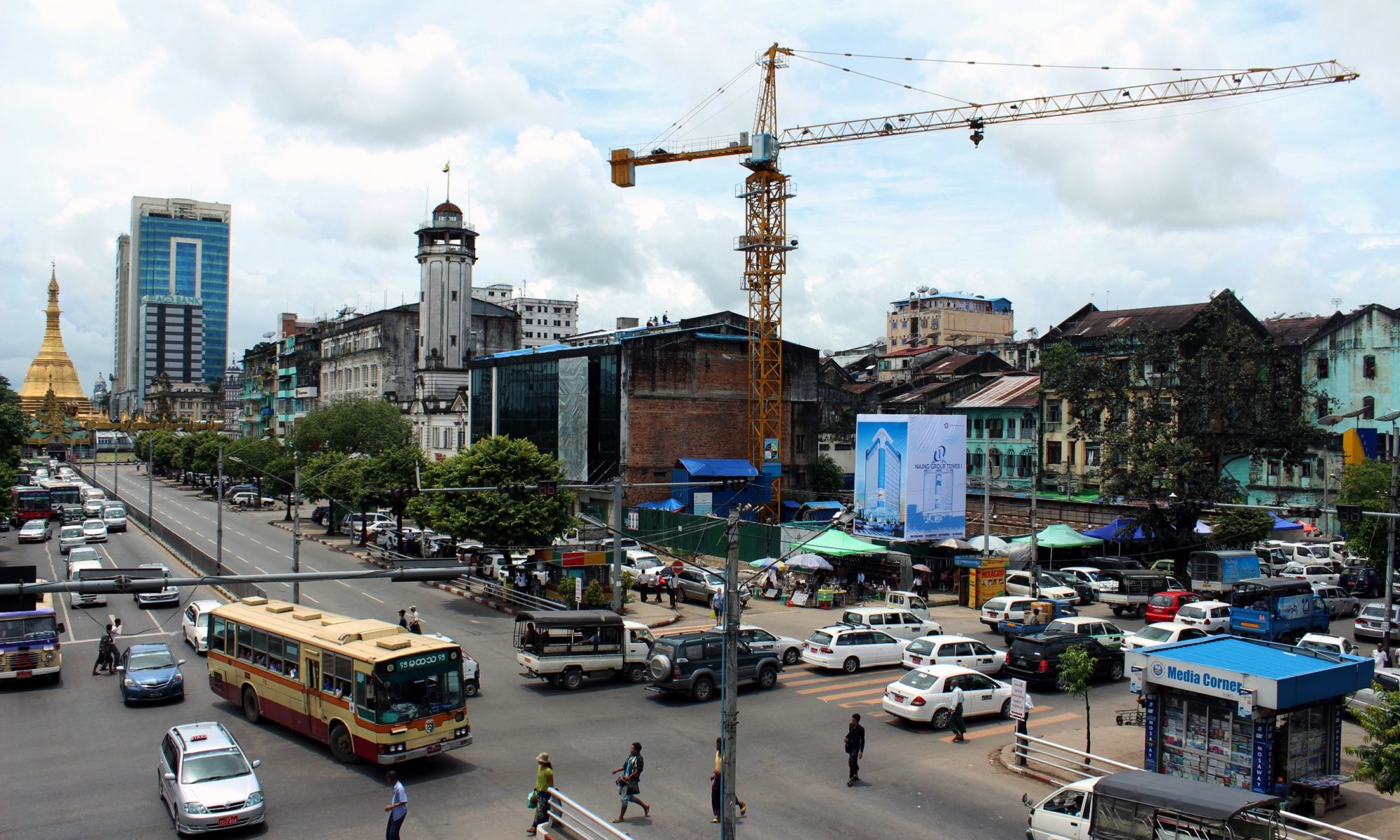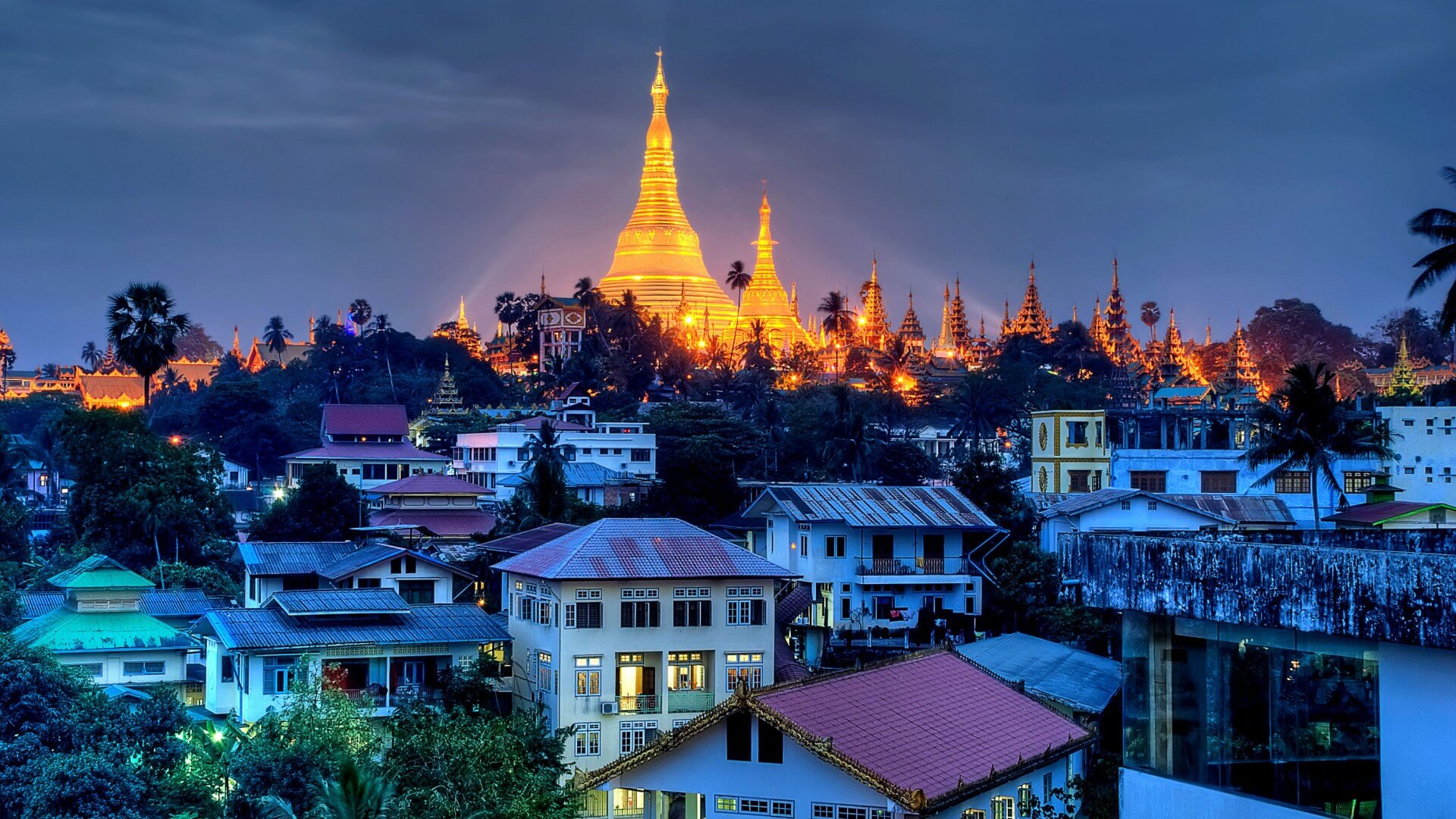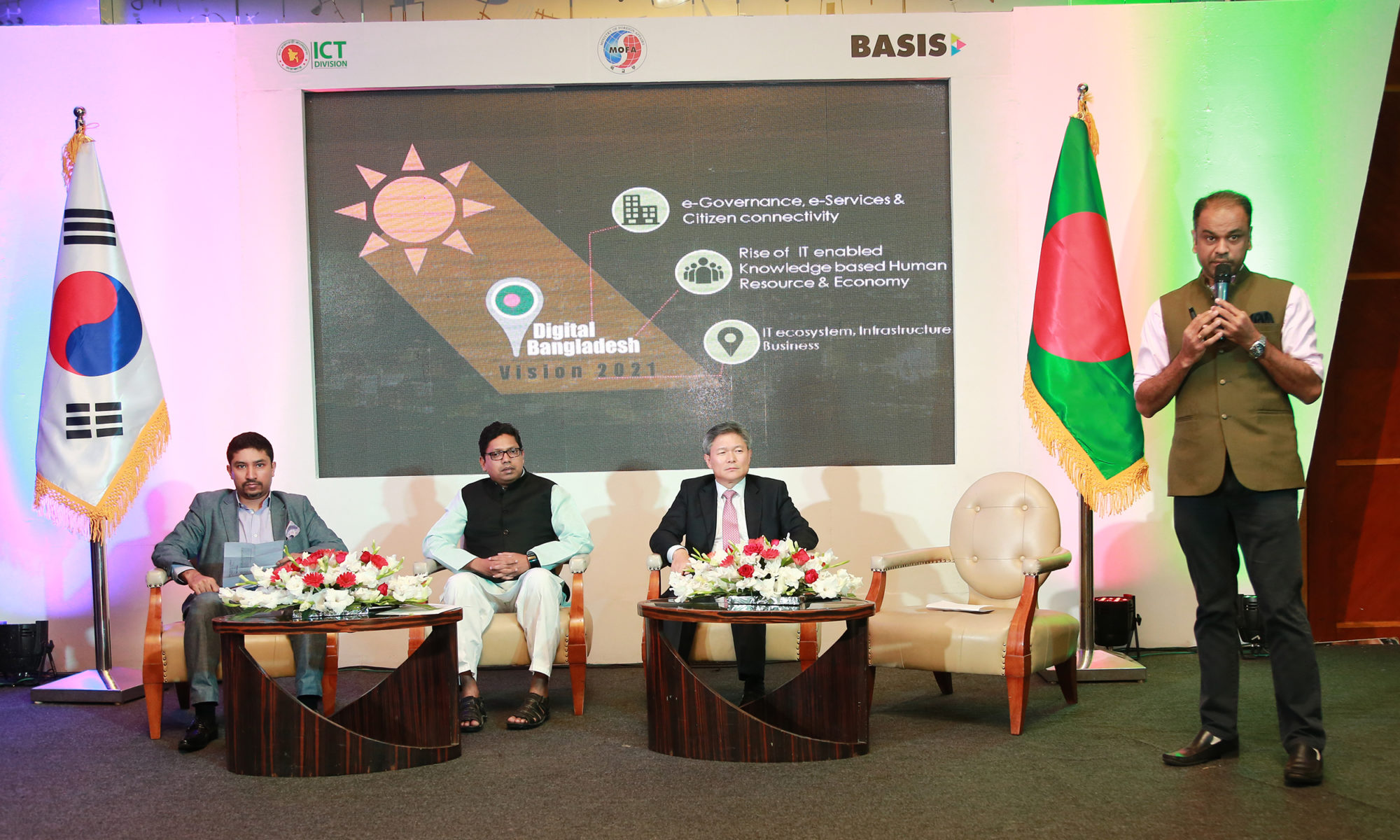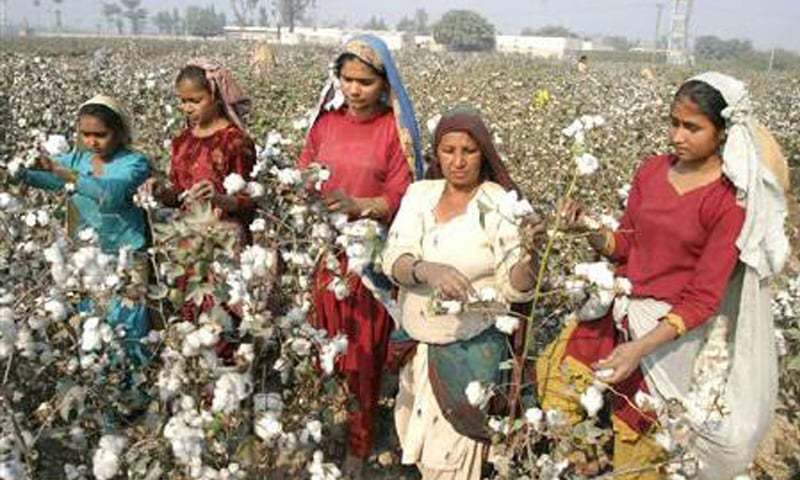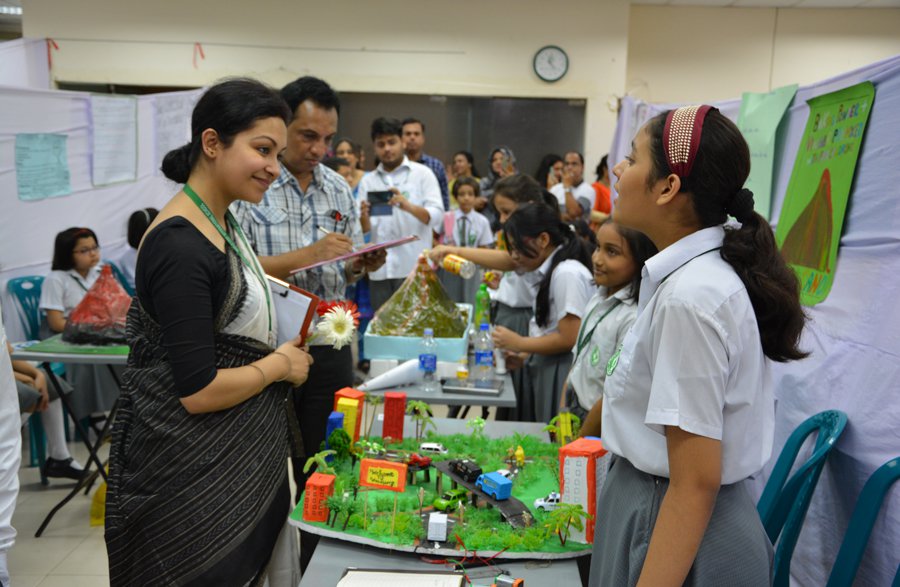Myanmar’s economy is expected to grow 7.8% this year, new figures from the World Bank say, amid scepticism over falling foreign investment, the impact of recent flooding and inflation.
While strong economic growth triggered by President Thein Sein’s reforms is expected to continue, the Bank’s economists cautioned that Myanmar should insulate itself against certain risks.
Sudhir Shetty, the Bank’s chief economist for East Asia and the Pacific, warned that Myanmar must take inflation very seriously. The report also urged Myanmar and other Asian nations to address widespread child malnutrition, which causes “health and cognitive deficits that are difficult to reverse,” and to use technology to provide the unbanked with financial services.
Myanmar should continue to be prudent with spending, enhance its monetary operations, be flexible with its exchange rate and beef up its ability to supervise its banks, said the biannual East Asia and Pacific Economic Update.
The report outlined a cautiously optimistic picture for Myanmar; the economy should bounce back from recent floods, while in the medium-term the country is expected to grow by an average of 8.2% a year.
That growth will come largely from the services sector, including information technology, logistics and transport, while light manufacturing, especially garments, will drive growth in the long term.
Habib Rab, senior country economist for Myanmar at the World Bank, said the sector was still hampered by high prices for electricity and land but that as the services sector grows “the costs of doing business will begin to decline.”
Mr Rab underscored the importance of reforming Myanmar’s tax system to make it more efficient, transparent and simple to make it easier for people to pay. The internal revenue department should reach out to people to explain the importance of paying tax, he added.
Exchange rate flexibility would make the country’s exports cheaper, he said. While allowing global supply and demand to drive down the price of the Kyat would make imports more expensive, he added, “that is not necessarily a big driver of inflation.”
Inflation is expected to ease to 8.5%, the report said, but Mr Rab said the Bank expects “the inflationary pressures to continue,” and drive up production costs.
“We need to ensure the cost of production remains manageable. If general levels of prices of goods and services are increasing, then consumption in the economy might decline. This may also affect economic growth negatively,” he said.
In the wider region, the report said China will continue to grow moderately as its economy rebalances. The Philippines and Vietnam have the strongest prospects among the larger economies, it said, with the former growing 6.4% this year and the latter expected to grow 6.3% in 2017, once it has recovered from a severe drought.
Source:https://www.mmbiztoday.com/articles/myanmar-must-tackle-inflation-resist-currency-controls-world-bank


